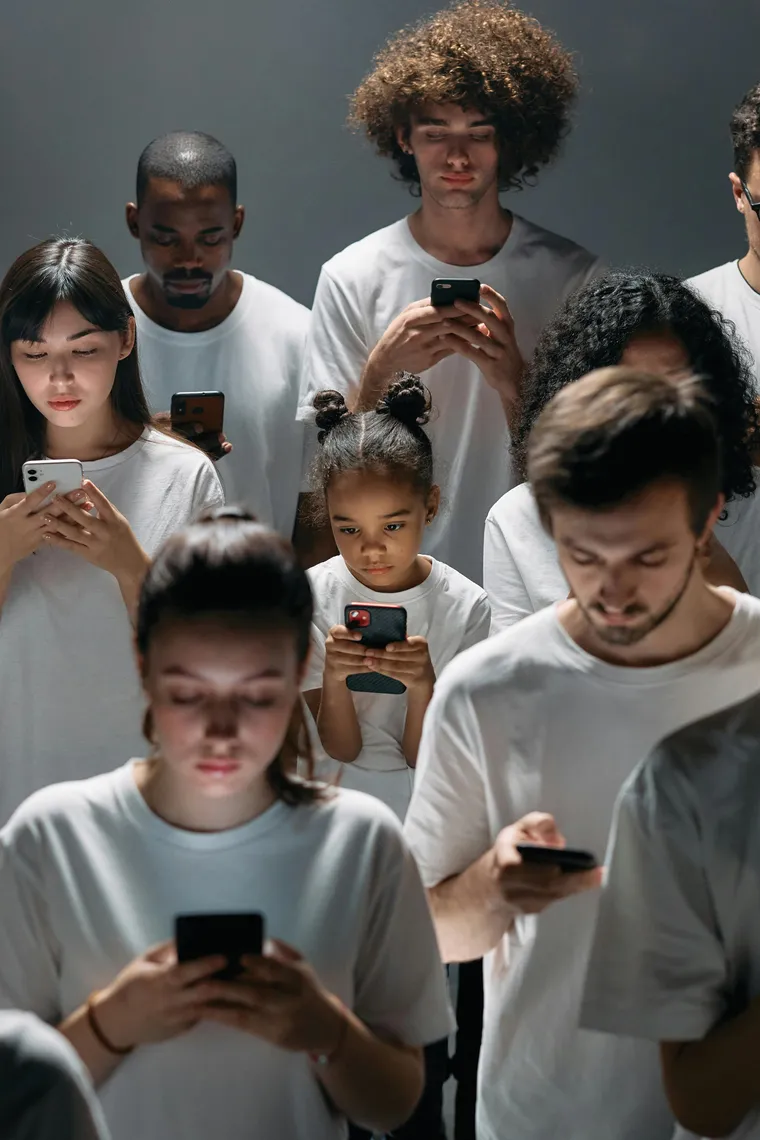Three things you’ll notice when you see clearly
There is no longer a debate about whether substantial social media use causes mental-health problems in young people. Between 2014 and 2020, research confirmed this connection and other research did not.[1] In the last few years, carefully designed studies have confirmed not only a correlation between social media use and mental health, but a causal relationship. We also now know the relationship is dose-dependent, meaning the more time young people spend on social media, the greater the risk to their mental health. Importantly, not all adolescents are as susceptible to the pernicious effects of social media. In 2024, researchers found that “social media use was related to increased depression for adolescents with greater parental hostility, peer bullying, anxiety, reactivity to stressors, and lower parental media monitoring.”[2]


